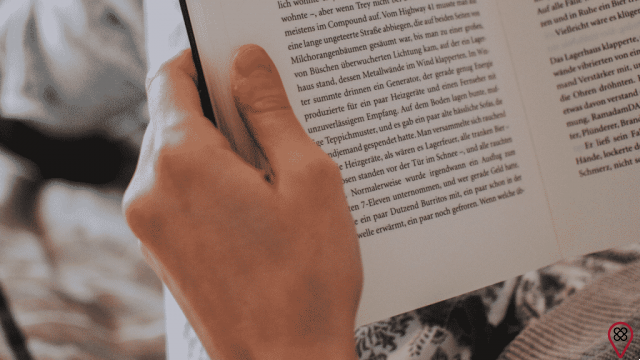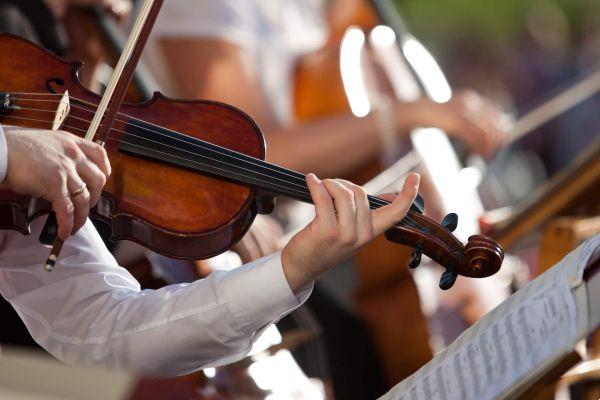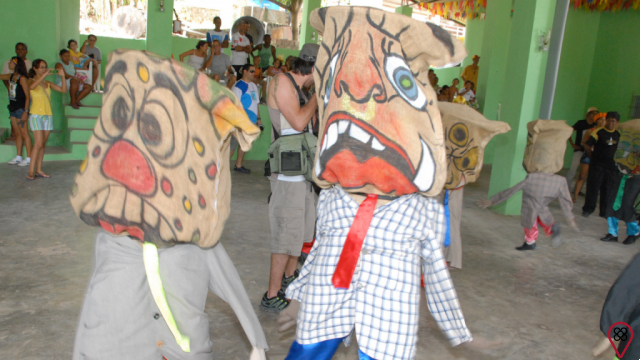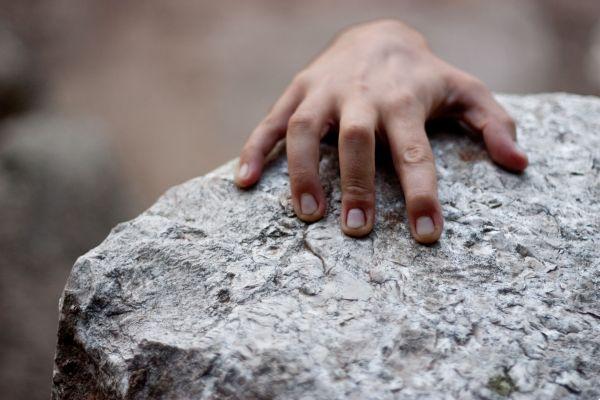Once upon a time, my son was playing in the garden. “Look at the Menino do Dedo Verde!”, said a friend with whom I was talking and who quickly returned to the subject with me. I couldn't go back, I stayed there, thinking about that boy! She herself, the gardener-environmental educator that she is, had already told me about this book, as had many fellow environmentalists. And what do you mean, I hadn't read it myself?
As my son's second birthday approached, and it is tradition to present him with a story, I decided that Maurice Druon's work would initially reach me by ear. And so “Everybody has the Green Finger” was born, an adaptation by friends Tatiana Sá and Vinícius Zurlo for Cauê. The story woke me up even more to read the book, which I devoured in a few hours. Enchanted by the wealth of symbologies, I realized how much this story goes beyond the limits of “ecology”, approaching in an artistic and sensitive way issues pertinent to spirituality and human flourishing, themes studied by Deep Ecology and also by Positive Psychology.
So, I share here some excerpts from the text and the personal perceptions they evoke in me, which, from my point of view, are very pertinent to the sustainability we so long for – the one that reminds us of our humanity, the cultivation of our soul!
Life is, after all, the best school there is.”
(Mr Daddy)One of the conflicts in history refers to Education and education systems. Tistu, who was always playing with his pony, Gymnast, and sliding down the banister of the shining house, when he started to attend school, he only slept. And he was then “returned” to his parents. The Lord Papa then decides to adopt “a new system of education”, and Tistu will get to know the world in practice! This new system even differs from the education given by Senhora Mamãe, who, with great goodwill, had taught the boy some letters, how to add and divide, but in no way linked this information to reality:
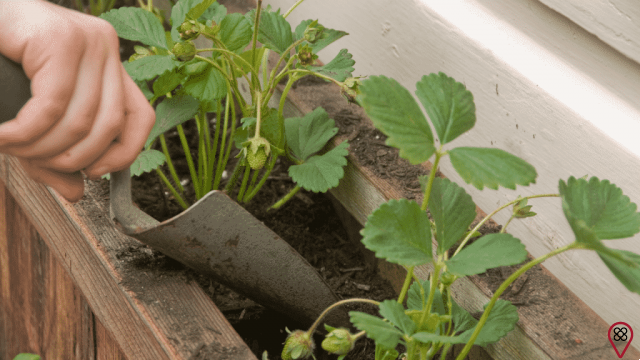
Tistu had learned not only to add and subtract, but he even went so far as to divide, say, seven swallows by two strands... which made three and a half swallows for each strand. How could this half-swallow balance itself on a thread? Here is another problem which all the calculations in the world will never be able to explain!
This time, knowledge would grow in wisdom, incorporated into its world, with its identity, built by itself, and not something meaningless and displaced from its reality.
The earth is the origin of everything.”
(Mr Daddy)Lord Daddy decided that Tistu's first lesson in the new education system would be a Kindergarten lesson, for the earth is the origin of everything. A Garden is a symbol of creation, of the origin of the world, of Life… The phrase, so beautiful and symbolic, speaks for itself.
There are seeds everywhere.”
(Mister Mustache)One of the most beautiful and meaningful phrases in the book, which renewed many concepts for me. In Education, we tend to want to sow, to plant. For many educators, to educate is to transmit knowledge, to pass on everything you know to someone who knows little. But we all came into the world full of potencies, full of seeds that need the proper caressing and care to express all the latent Life. All situations also bring us some learning if we know how to deal with them with a positive attitude. We must help to sprout the seeds that already ARE! Let the child full of life bloom in us and manifest it in a mature and conscious way in adult life.
Tistu's mission
Upon discovering that he has a green thumb that makes all seeds bloom, Tistu begins to act according to his mission, his purpose. For him, a pretty boy, the son of pretty parents, who lived in a pretty house, Beauty is natural, and ugliness is injustice! Beauty motivates to learn, to work, to perform. I am not referring to Beauty, usually related to aesthetics, but to esthesia, feeling with the heart, to everything that makes us feel the pleasure and fullness of living in the best possible way, but harmoniously and affectionately.
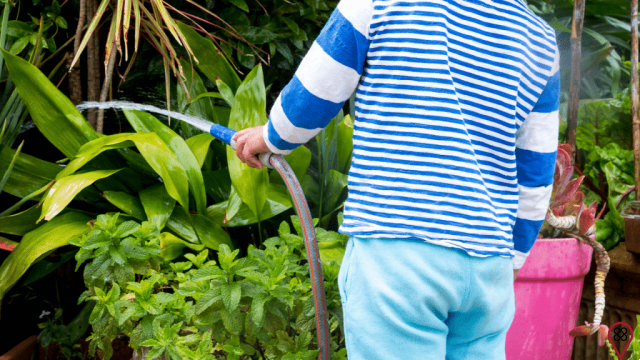
Therefore, in all the places he wanted to change, Menino do Dedo Verde acted conscientiously, seeking to move his resolutions in the service of others and, always under the guidance of Mr. Bigode, he tried to bloom the most suitable flowers for each environment. Tistu acted with INTENTION! He knew what he wanted, where he should go and how he could help transform people's lives with what he held most dear. This generous Will to spread Beauty, Joy and Reception wherever he went was his true Gift, which, many times, bumped into big people and those “prefabricated” ideas that they insisted on supporting!
Mr Thunder and the representation of the adult: the disconnection with our child
Upon discovering Tistu's Gift, Mister Mustache asked him to keep it a secret; after all, “hidden talents, in general, cause trouble”. Everything that can transform and take us out of the pattern, out of the comfort zone, generates fear and resistance. Spreading Beauties, Kindness and Joys with the lightness and playfulness of a child destabilizes many grown-up people, who simply forgot in some corner of themselves some seed that did not sprout. As the narrator explains, “great people have pre-established ideas and never imagine that there could be anything else besides what they already know”.
In the book, the greatest representation of this adult disconnected from the Beauty of Life is Mister Thunder, the Mister of “Order”, who keeps getting annoyed with Tistu, as the boy always retorted his useless and meaningless orders: “Order is when we is happy. If there were order, there would be no misery.” And that's why the boy with the green thumb received notes like these in his lesson notebook:
“You have to keep a close eye on this boy. He thinks too much.”
“Distracted and reasoning boy. Generous feelings deprive you of a sense of reality.”
Fortunately, this beautiful story features the Verde, from Esperança. It is Mister Thunder himself, who, moved by the boy's courage in assuming the transformations he had brought about in the city – and also for loving Tistu –, says to Mister Papa: “We cannot oppose the forces of Nature…”. The boy helped to blossom even the one who had assaulted him.
The author brings another hope when he narrates that, in the parade of a great day in the city, the delegation of grandparents represented Wisdom. Could it be that one day, when we are more mature, we leave our pre-established ideas aside and carry that child, now in flower, inside us again?
Tistu, the lucky boy that he is, was able to count on the support and welcome of the big people who surrounded him, allowing him to be who he was. It is possible to change, just be willing!
the will to live
The most moving scene, for me, is the one that takes place in a hospital. Tistu helps a girl who was not walking to recover. With her generous intention, he convinces her to try another look at Life and thinks:
“For this girl to heal, she must want to see the next day. A flower, with its way of opening itself, of improvising surprises, could perhaps help you… A flower that grows is a true divination that starts anew every morning. One day she opens a bud, on another she unfurls a leaf greener than a frog, on another she unfurls a petal… Maybe this little girl will forget her illness, expecting a surprise every day… ”
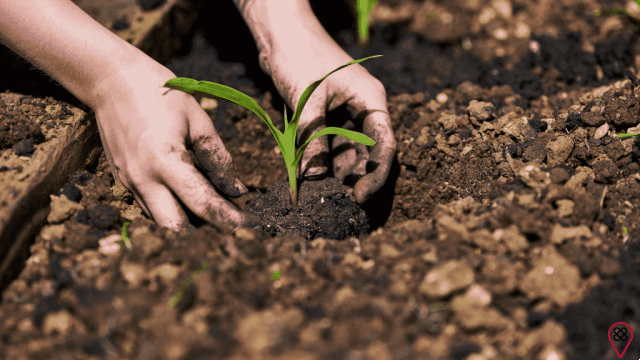
Will to live. To live well, in fullness and peace with oneself, with the other, with the Planet. This is what makes us go further, live better and better, preserve Life and create and recreate ways to live with the whole around us. This is what, for me, promotes Sustainability.
It is the Gymnastic pony, who realizes with Tistu how foolish men are for wanting to harm one another.
The end of Tistu leaves many people disappointed, with the impression that having a green finger is something unattainable, only for very special beings. But I believe that the way he reveals himself at the end of the book was a way the author found to keep him, forever, a “child”, while at the same time leading us to reflect on our spirituality. Dalai Lama tells us that “spirituality is that which brings about change”. In other words, it is everything that generates MOVEMENT... And this is tangible to all of us, as long as we strengthen hope, generosity, conscientiousness... we need to wake up to the best of everything and everyone in a genuine way, without disappointments. Yes, the best.
You may also like
- Gardening
- Learn how gardening can be a form of therapy
- Delight in the benefits of collective flowerbeds
- Reflect on what your mission in life is
- Gardening as a form of therapy
- Have you ever tried to bloom?
A few days after reading the book, I came across the meaning of the word “flower”. From the Greek, "the best of". It all made even more sense. To have the green finger is to mobilize our feelings, our internal treasures to make everything we want to bloom. It is to have a positive attitude towards ourselves, towards Life, towards others, based on the stoning of our virtues. Not denying what is bad, but strengthening and extracting the best from each experience and, little by little, transforming everything around.
That's why I love this work so much and, even more, the adaptation made by dear friends. Because, yes, Everyone has the Green Finger!
Participate in my survey and receive the free PDF “Small Guide to Gardening for the Soul”, to better understand Gardening for the Soul and how the Garden in Bloom process works:



